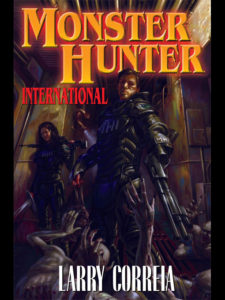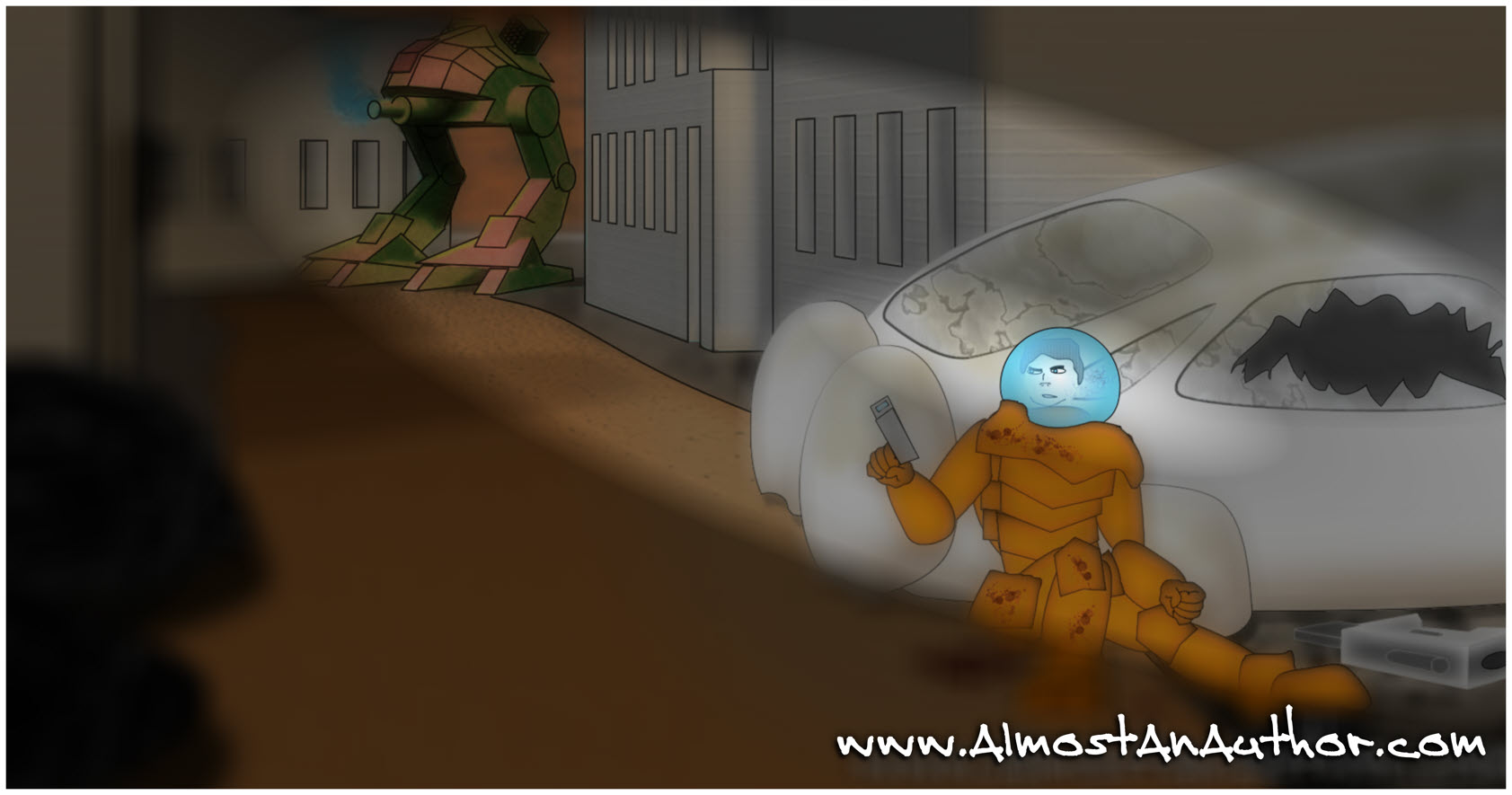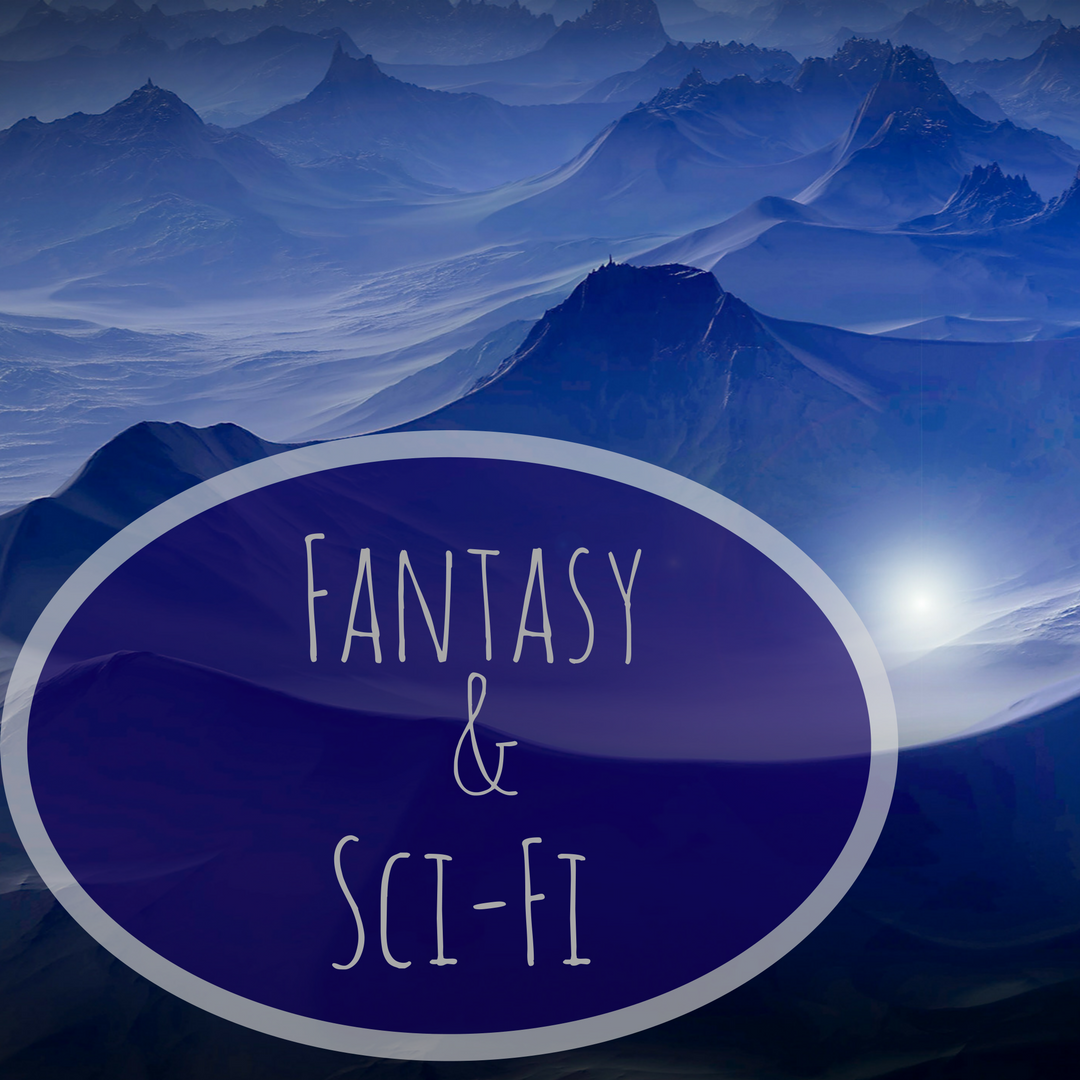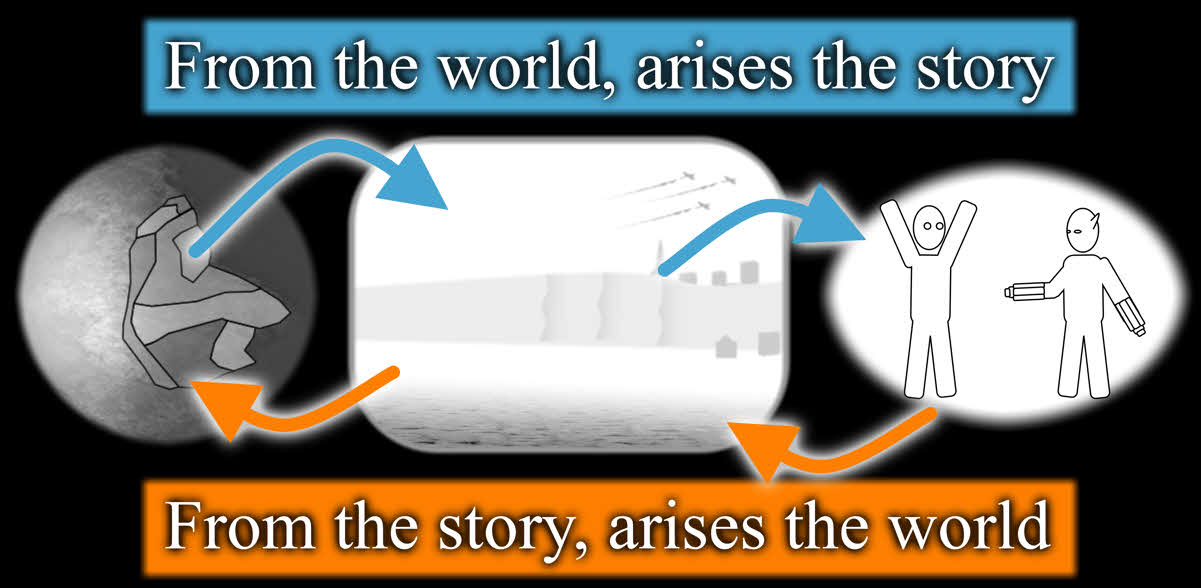The carbine was still jammed and Jim couldn’t do anything to fix it. He finally tossed it aside and cursed the shoddy Adronni weapon manufacturers – maybe their world would be next on the alien invasion tour. A shrill whine filled the air, and Jim pressed himself tighter against the debris-covered groundcar. A scant thirty feet away the earth erupted in blue smoke. As the remains of a prefab shelter rained harmlessly over his powersuit, Jim took inventory. A Gilgamesh repeater pistol, a single frag, and a suit of armor with a busted rebreather. As long as the reptilians didn’t gas him first, he’d probably live long enough for one of their walker units to plasma-blast him in the chest. He sighed. No, there was one last thing he possessed – the souls of his charred comrades pushing him on to avenge them. Jim unholstered the pistol and peered around the corner. Time to move – vengeance would be his!
On the surface, the above paragraph looks like an action scene. It’s dripping with tension, and Jim’s fate looks pretty bleak. But even an action-packed paragraph can be used to build your world. In fact, study it a minute and try to identify some of the foreign storyworld elements.
We’re not sure what kind of weaponry Jim has (laser? projectile?), but his attackers clearly have plasma weapons that explode in puffs of blue gas. And we can guess based on the grisly state of his allies that either the plasma weapons burned them alive or that the aliens have some other kind of burning weapon.
Let’s look at some of the subtler elements though. Take the use of the word “groundcar.” What is the implication there? Obviously a “groundcar” is a type of vehicle distinguished from some other type. An aircar? A hover car? We don’t know specifics, but use of that word reveals that methods other than ground-based vehicles are used for transportation in this world.
We also get a glimpse into the intergalactic relations. First of all, these reptilians are not only invading Jim’s planet but have apparently been on “tour,” invading many planets. We don’t know if “Adronni” is a company or a race of aliens, but we do know that either Jim or his military outfit purchased firearms from otherworldly suppliers. This establishes that the storyworld has interplanetary trade.
All of this could be done from a detached, third-person omniscient perspective, but the story is told from a deep, although third-person, POV. This not only conveys the gobs of storyworld information above, but it also does two other things: 1) it gives the action emotional impact. Sure, the battle scene is only a paragraph long, but you’re emotionally involved in the character. It inspires you to read onward and learn Jim’s fate, even as your imagination processes the alien elements. And 2) the world is shown with Jim’s particular biases. A comment like “shoddy Adronni weapon manufacturers” shows us Jim has preferences in firearms and the Adronni-supplied weapons are apparently not among them. This doesn’t mean his preferences are necessarily right, and a different character’s POV may reveal a different perspective on the carbine and its manufacturer. Your storyworld’s inhabitants, like those in the real world, won’t always agree on things.
This isn’t to say that every paragraph in your 90,000-word manuscript must be packed with exotic storyworld elements, but the first few chapters should do so as much as possible. And if you’re trying to get your audience attached to your characters in that same timeframe, doing so from a close, ground-level perspective can really help.
 Last year, my favorite novel was Monster Hunter International written by Larry Correia. A contemporary fantasy novel like this doesn’t need as much storyworld explanation as a distant-future sci-fi novel, but the author does equally amazing jobs at world-building and deep character exploration. I’ve also just started Marc Turner’s When the Heavens Fall, an epic novel with some well-developed fantasy elements and several great POVs. A final verdict will have to wait since I haven’t finished it yet, but thus far it’s a great read and exemplifies some of what we’ve discussed here.
Last year, my favorite novel was Monster Hunter International written by Larry Correia. A contemporary fantasy novel like this doesn’t need as much storyworld explanation as a distant-future sci-fi novel, but the author does equally amazing jobs at world-building and deep character exploration. I’ve also just started Marc Turner’s When the Heavens Fall, an epic novel with some well-developed fantasy elements and several great POVs. A final verdict will have to wait since I haven’t finished it yet, but thus far it’s a great read and exemplifies some of what we’ve discussed here.
That’s all for now. Next month we’ll kick off a series on alien and fantastic biology. Until then, let me know if there are any other storyworld elements you’d like me to explore in this space. Thanks for reading!






No Comments